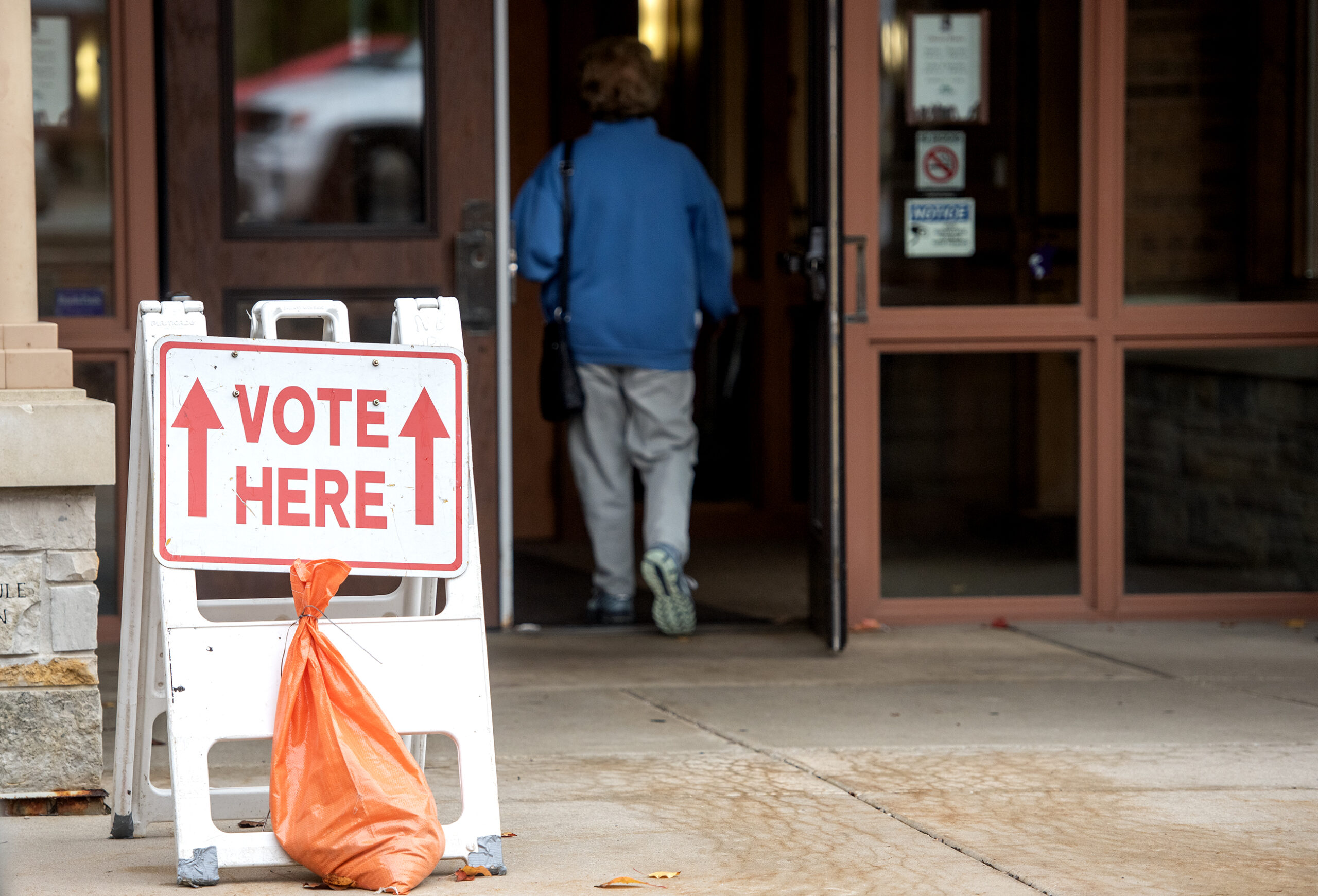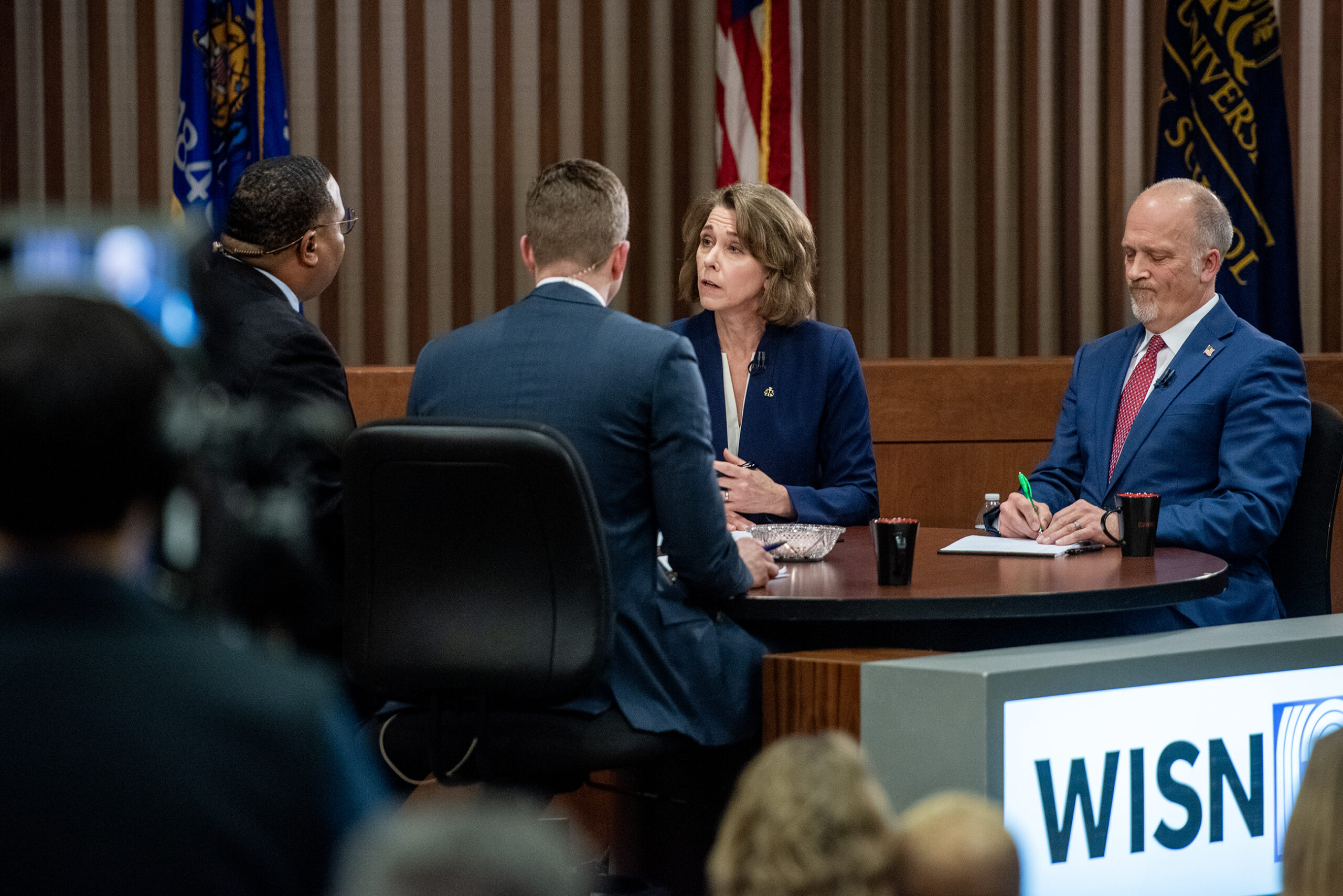One of the lawyers challenging Wisconsin’s Republican-drawn legislative map told a panel of federal judges on Tuesday that the plan was one of the worst gerrymanders in modern U.S. history.
During opening statements in a four-day trial on the case, attorney Nick Stephanopolus told the court that Republicans had created an “extreme and durable gerrymander” that shuts Democrats out of the political process. He said the map had worked as Republicans planned in the 2012 and 2014 elections and would continue unless the court intervened.
While partisan redistricting is nothing new in U.S. politics, the question at the heart of this case is whether Wisconsin Republicans drew a map that was too partisan, and in the process, violated the constitutional rights of Democrats. Groups suing to overturn the map developed a new metric to measure how much voting districts benefit one party over the other. Under that measure, the groups say Wisconsin is a clear partisan gerrymander, enough so that this map should be thrown out and a new one drawn.
Stay informed on the latest news
Sign up for WPR’s email newsletter.
The state Department of Justice, which is defending Wisconsin’s redistricting plan, told the court that this map wasn’t anything beyond what would be expected when a partisan body redistricts.
“What you won’t see is any evidence of actual gerrymandering,” Assistant Attorney General Brian Keenan told the court.
In its final pre-trial brief, the DOJ wrote that the groups trying to overturn the map were asking the court to adopt a “radical” definition of gerrymandering without basis in the state constitution.
Among those to testify Tuesday was William Whitford, a former University of Wisconsin-Madison law professor and one of the Democratic plaintiffs in the case.
Whitford said he has historically been very involved in trying to win Democratic majorities in the Legislature, but this map made that goal “out of reach” for Democrats. The state countered that Whitford’s own representative in the state Assembly was a Democrat.
The court also heard from Adam Foltz, one of two Republican legislative aides who worked on the 2011 map. Several documents presented to judges showed that Foltz and other mapmakers looked at a variety of options in 2011 before settling on a plan that had 59 pro-Republican Assembly districts out of a total of 99. By comparison, the map that stood for the decade prior to 2011 had 49 pro-Republican districts.
Three judges are hearing the case, including two who were appointed by Republican presidents. Whatever they decide is likely to be appealed to the U.S. Supreme Court.
A different three-judge panel largely upheld the map when it was challenged in 2012, although that was a much narrower lawsuit.
Wisconsin Public Radio, © Copyright 2025, Board of Regents of the University of Wisconsin System and Wisconsin Educational Communications Board.





